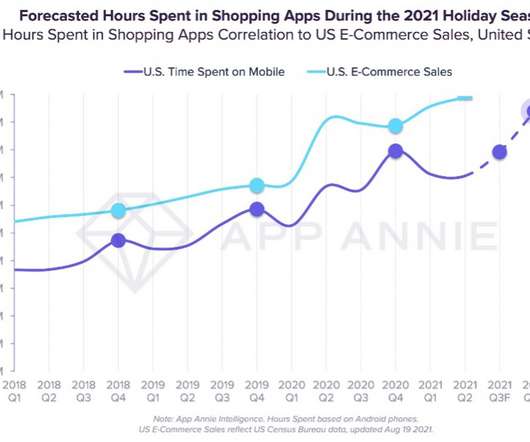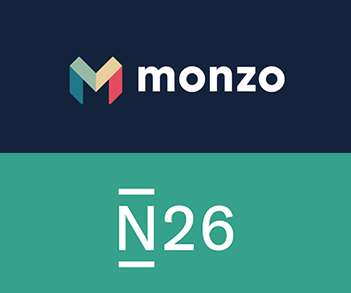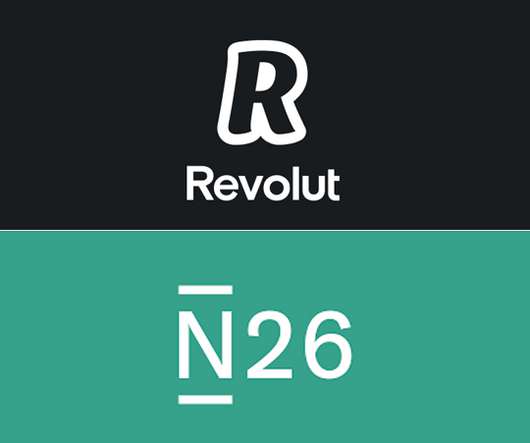8 Mobile eCommerce Trends Here to Stay
GetElastic
NOVEMBER 18, 2021
It’s even more alarming to look at where that same revenue stood in 2013 – just a fraction at $41B. When a smartphone becomes as essential to our daily lives as the air we breathe, retailers must respond to mobile shopping behaviors or risk being left behind. Mobile Payments. billion in 2025. Get in Touch.













Let's personalize your content